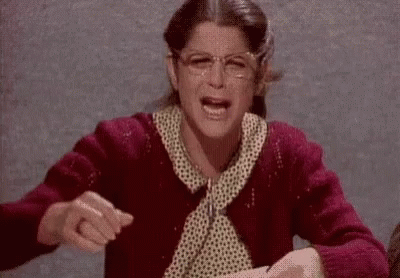Only it can't be a pure pull back - there has to be a leg shortening or pull of the knee up to the chest, otherwise the front of the inside ski gets loaded.

Yes, the inside leg must be bent do do the pull-back. But with bent leg this pull-back still loads the front of the inside ski.
Nothing wrong with loading the font of the inside ski. It's one of the benefits. Dontchathink?
If the inside ski is to contribute to the turn, loading and bending the front of it is the best bet. It adds to the effect of the bend in the heavily loaded outside ski.
In fact, when making the slowest of turns on the flattest of pitches, one can create a turn simply by pulling back that new inside ski. Pull that ski back by bending the leg from the knee down. The foot goes back but the hip does not. The pull-back loads the tip to increase its grip, and lightens the tail. As the inside tail loses some of its load it swishes around the gripping tip. It's like putting an oar straight down in the water to the side of a canoe. A turn happens because there's a differential between front grip and back grip. Do nothing with the new outside ski.
For instance, pull back left ski to turn left when getting off the lift. Pull back right ski to go right off the lift. Both skis stay pretty flat and skid their way along, with the tip of the new inside ski gripping more than its tail. A turn happens, and the friction keeps the travel speed down.
If every skier knew this then far fewer tangle-ups would happen when unloading the lifts. And more certification candidates would be able to make a pure parallel turn on beginner terrain at a nice slow beginner-friendly speed.


